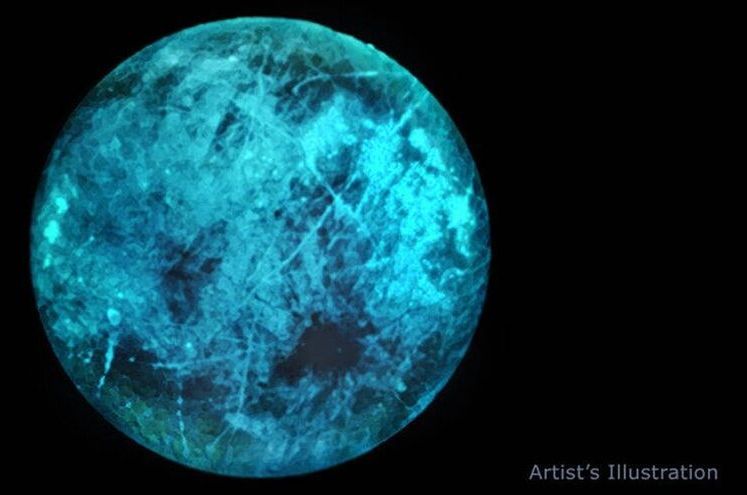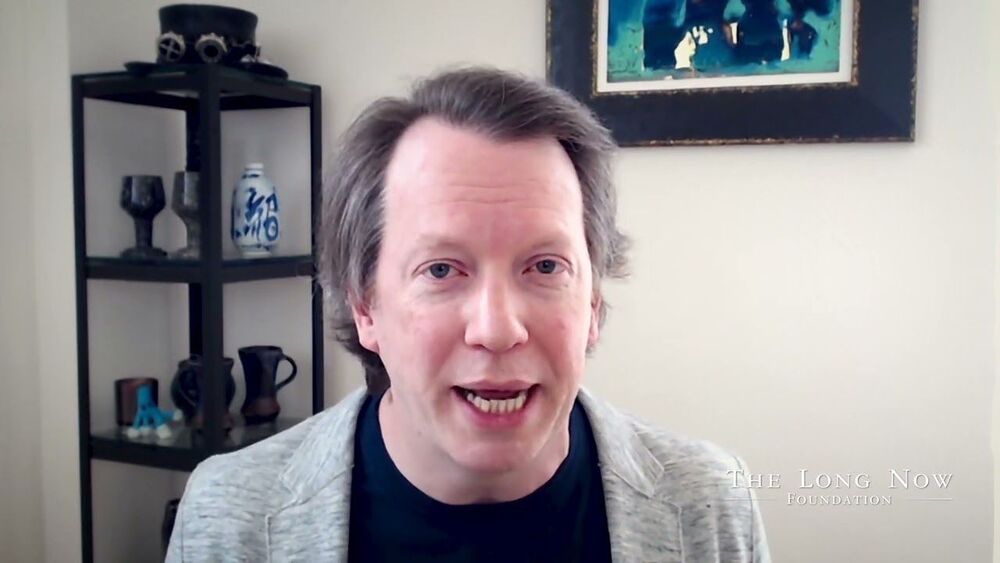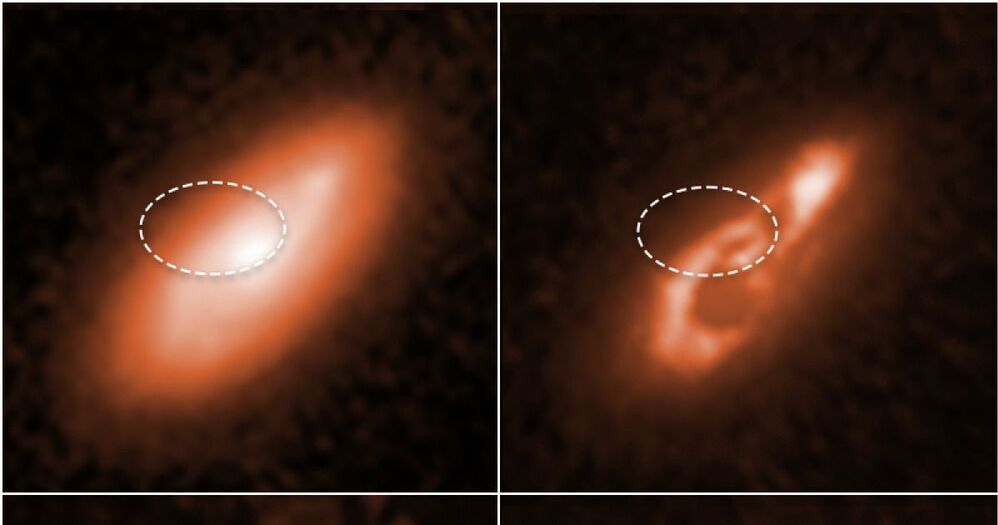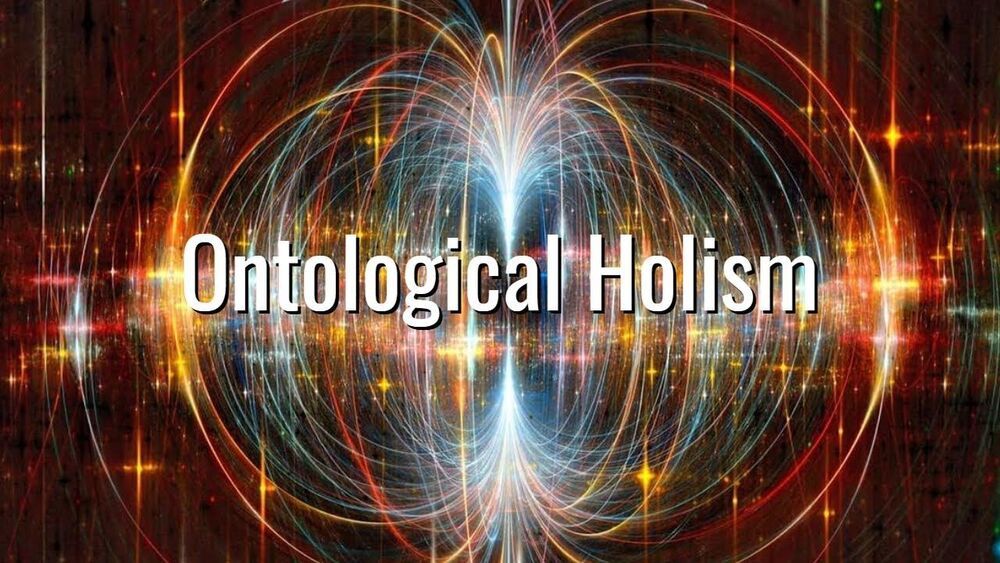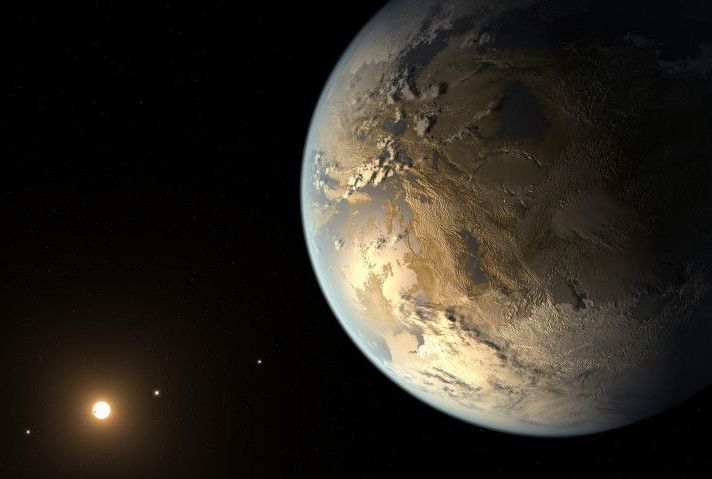They’ve only gone and upended a widely held scientific idea.
Lilia Koelemay, a graduate researcher at the University of Arizona, said in a statement about the study that “the detection of these organic molecules at the galactic edge may imply that organic chemistry is still prevalent at the outer reaches of the galaxy, and the [galatic habitable zone] may extend much further from the galactic center than the currently established boundary.”
Koelemay also said, “The widely held assumption was that in the outskirts of our galaxy, the chemistry necessary to form organics just doesn’t occur.”
What’s next — The new finding overturns this assumption, and researchers can now widen the search for life to stars closer to the galaxy’s outer edge, a no-man’s-land of cold matter, isolated stars, and black holes left from long-ago stellar explosions. It’s a place Koelemay says has fewer stars like our life-giving Sun.


